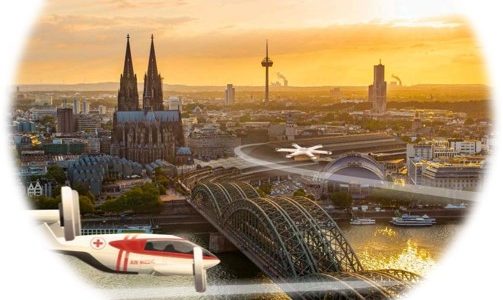
The European Union Aviation Safety Agency (EASA) has today opened a consultation paper for industry feedback on its approach to certify eVTOL engines.
According to the document:
“EASA received applications to certify, or to provide adviceon the certification of, propulsion systems that range from single electric engines to complete Electric/Hybrid Propulsion Systems (EHPS) with or without energy storage system.
“According to Regulation (EU) 2018/1139 Article 11, products shall be issued with a type certificate.
…The different requests received by EASA challenge the boundaries of the above ‘engine’ definition, hence opening the question of what components can be included in a single engine type certificate as part of such product. Regulation (EU) 2018/1139 Article 11 states the following: ‘No separate type certificate shall be required for the design of engines and propellers that have been certified as part of the design of an aircraft […]’. This provision is implemented in Regulation (EU) No 748/2012 point 21.A.21 and provides the possibility to certify the propulsion system as part of the aircraft.
“….According to the existing regulatory framework, at least two possible approaches to certify an EHPS have been identified:
- Aircraft approach: the EHPS is certified as part of an aircraft.
- Engine approach: the EHPS is certified as an engine product -by determining those components and equipment (of the EHPS) necessary for the functioning and control in line with the ‘engine’ definition of CS-Definitions Amendment .
“A propeller may receive its own type certificate. The above-mentioned “engine approach” provides the flexibility to include in the scope of an engine TC some/all parts of the EHPS, except the propeller. Although flexibility on the certification approach is available to applicants, at the time of application/preapplication, EASA may advise on what it considers to be the most appropriate approach, depending on the complexity of interfaces between products and their elements, and also based on the level of systems integrations, to mitigate the risk of dispute between the different design organisations regarding their respective responsibilities.”
For more information
https://www.easa.europa.eu/en/document-library/product-certification-consultations/proposed-cm-ref-cm-21-004-issue-01-acceptable
(Image: EASA)

